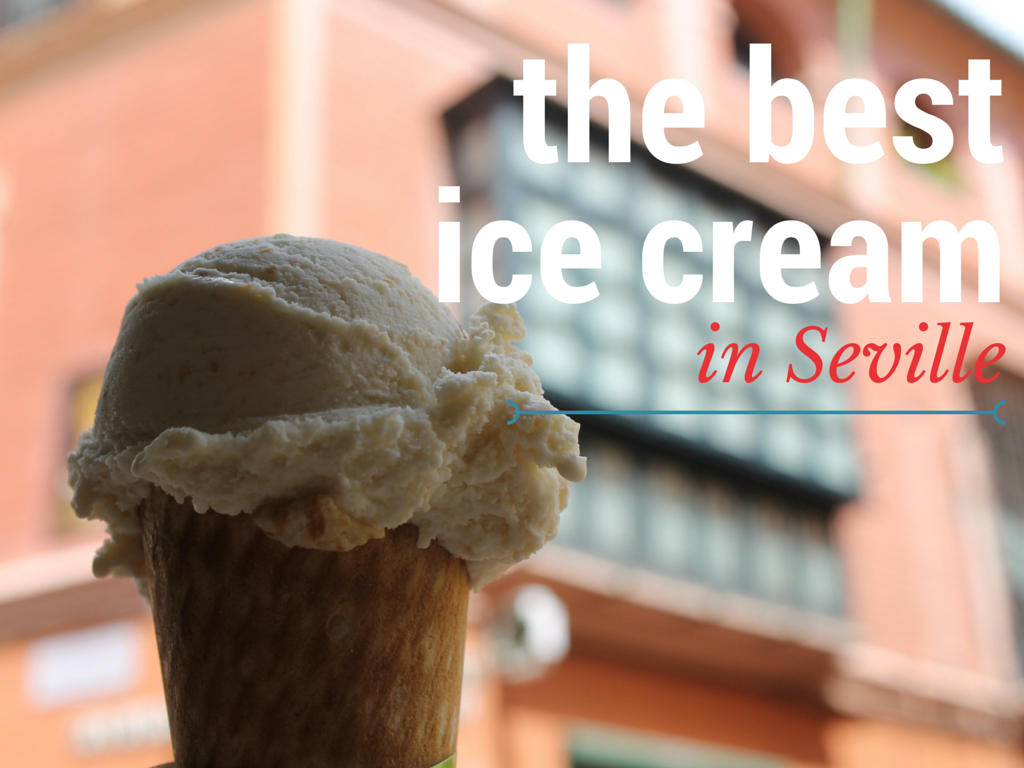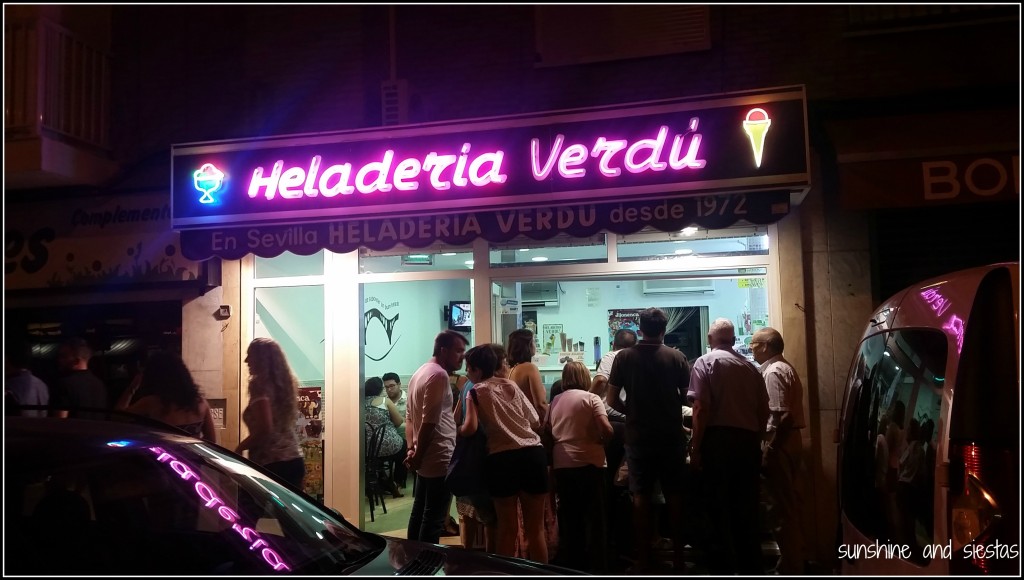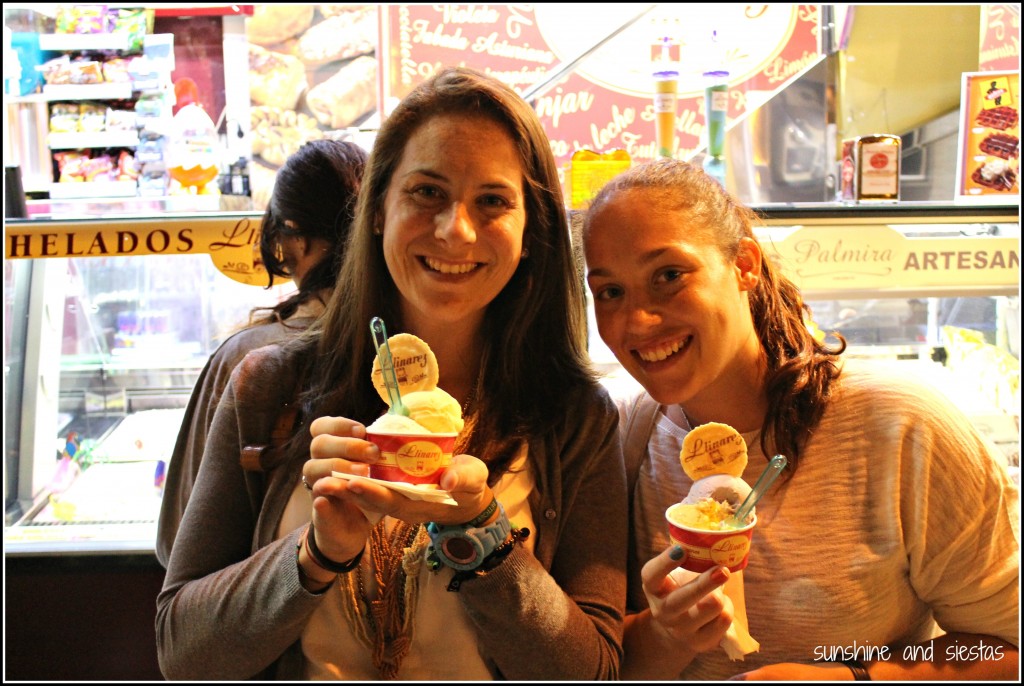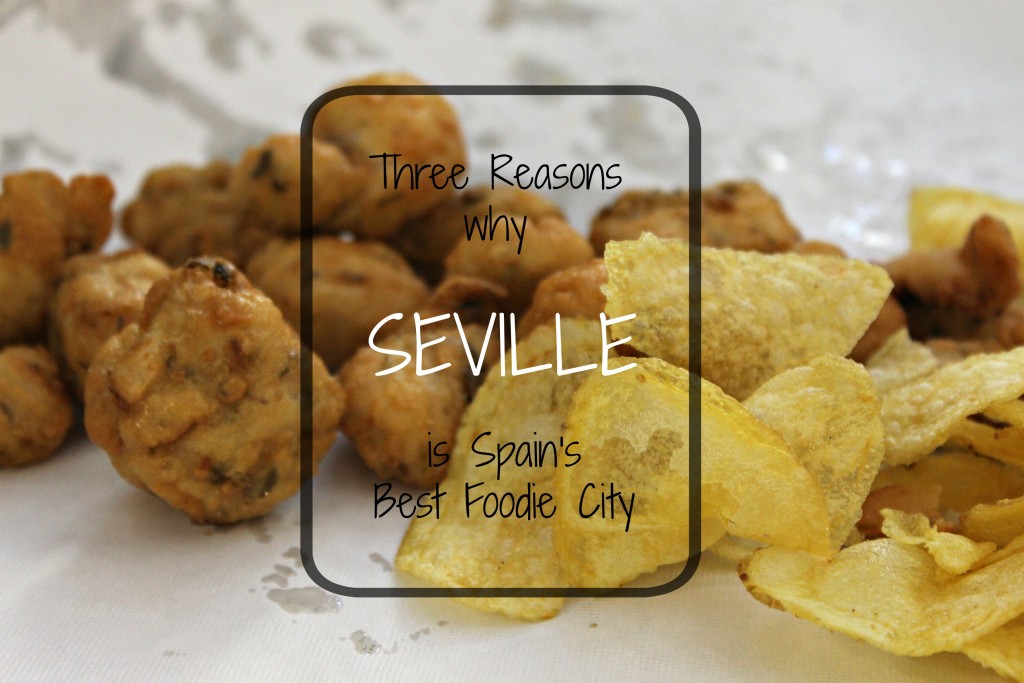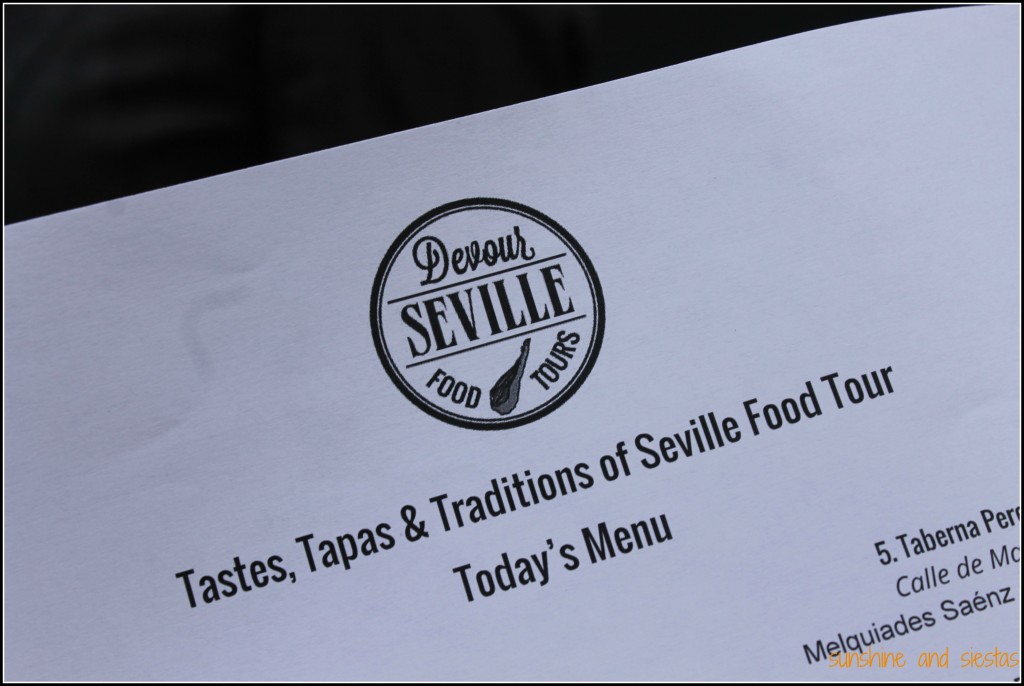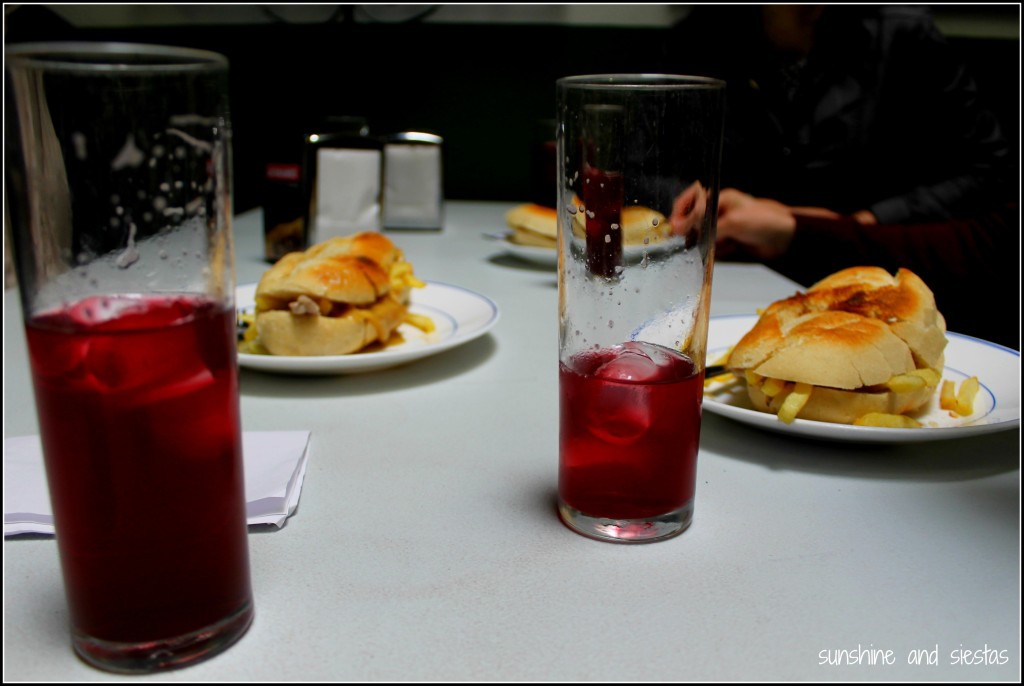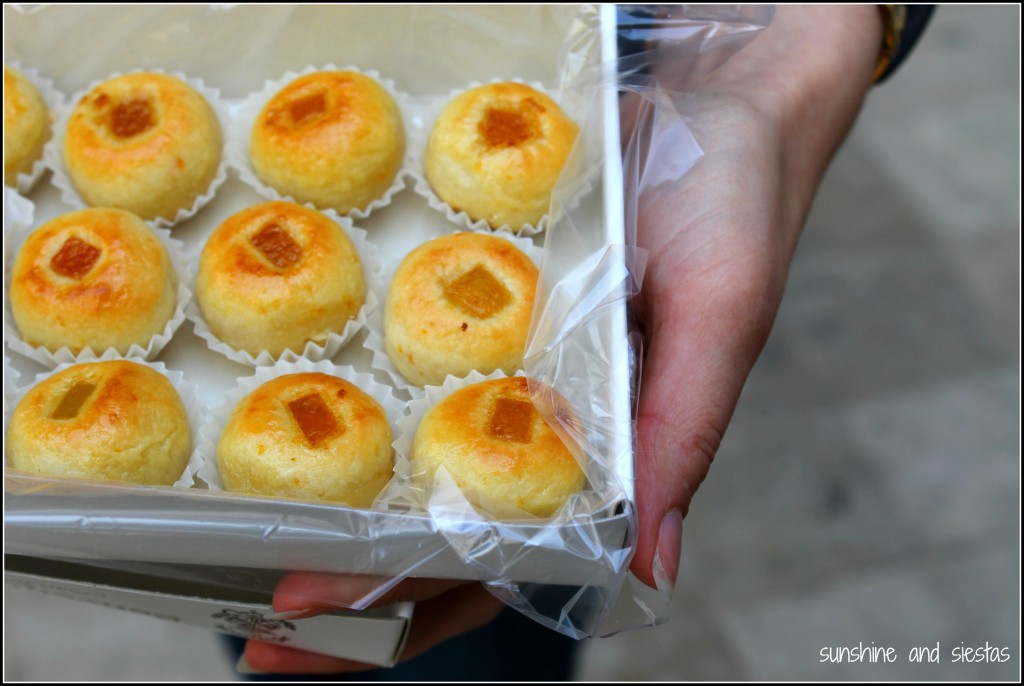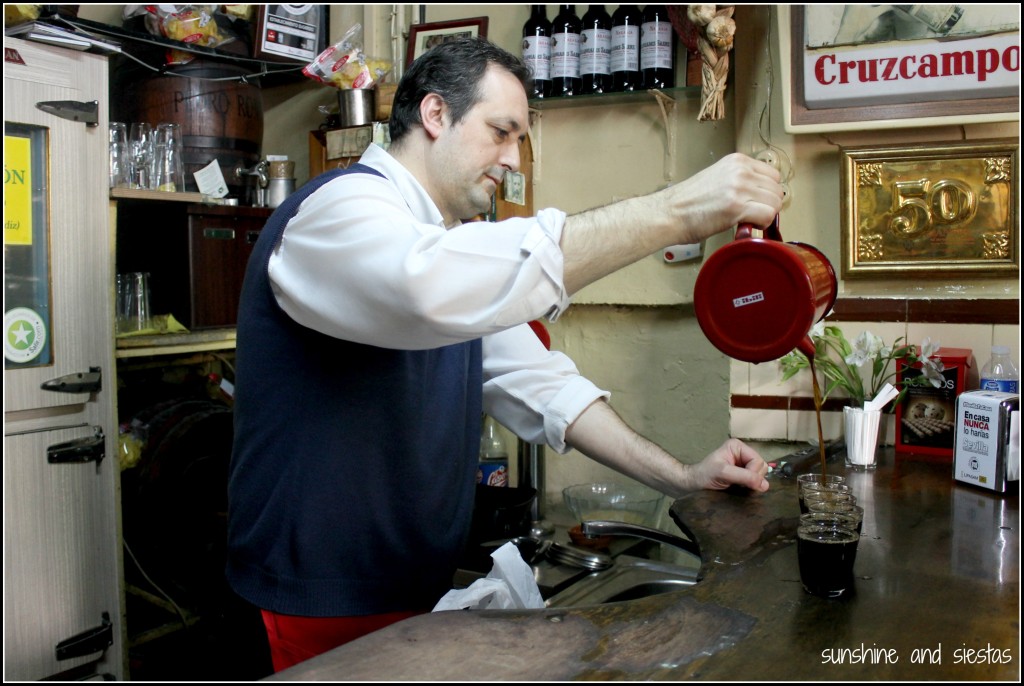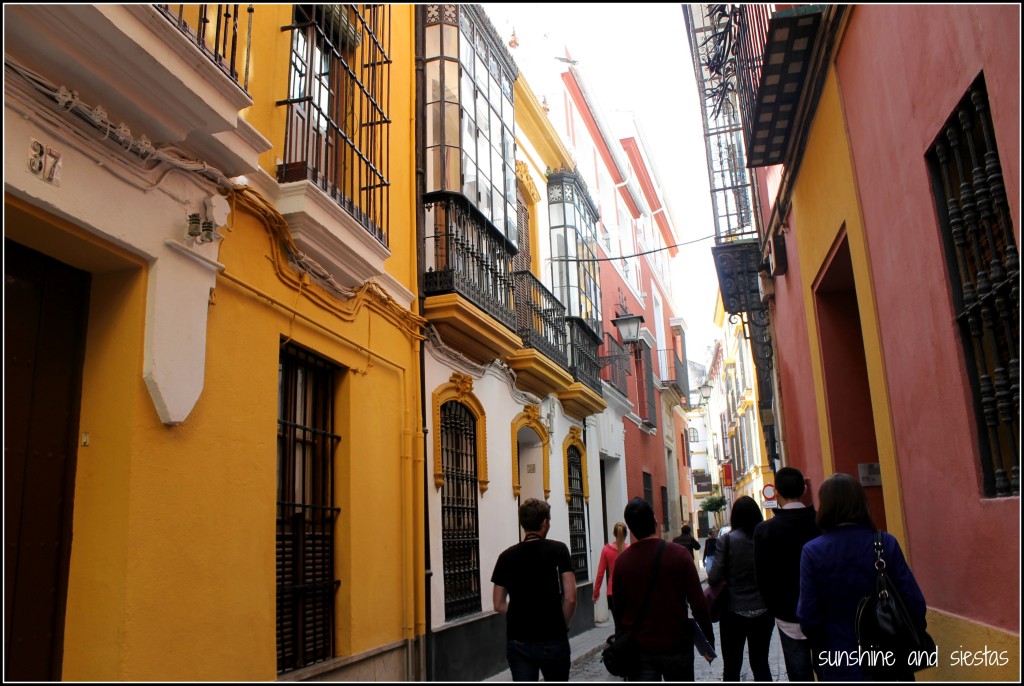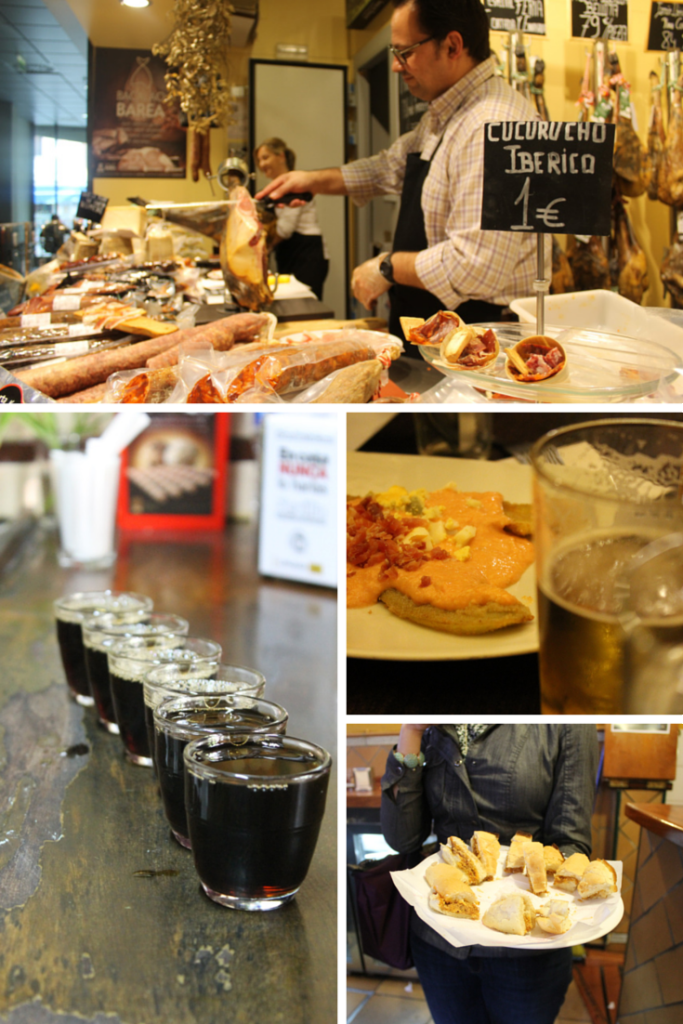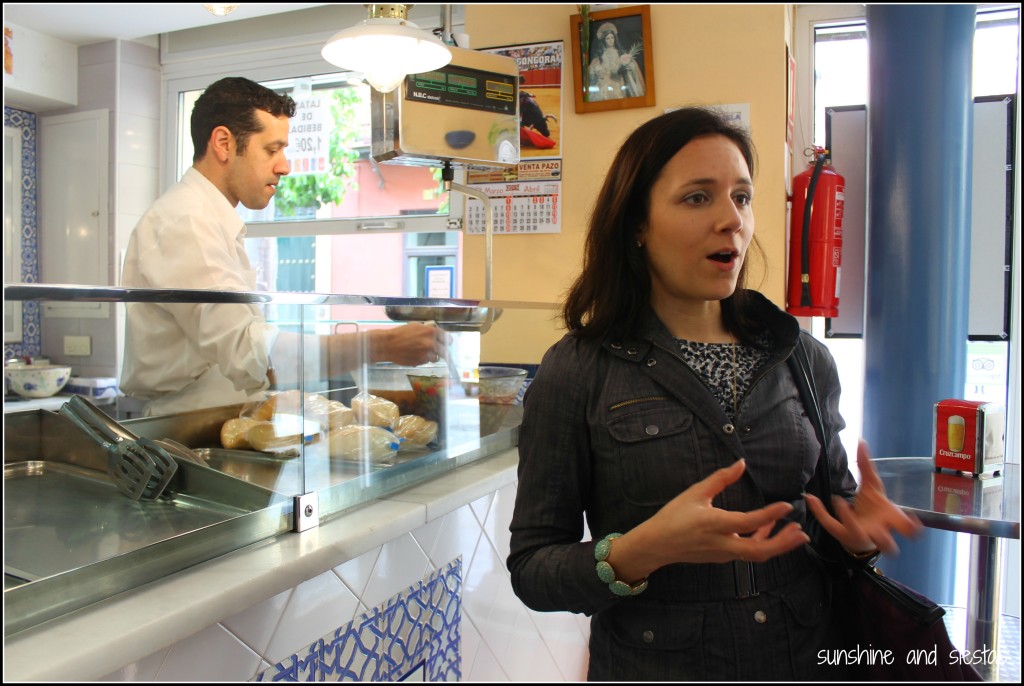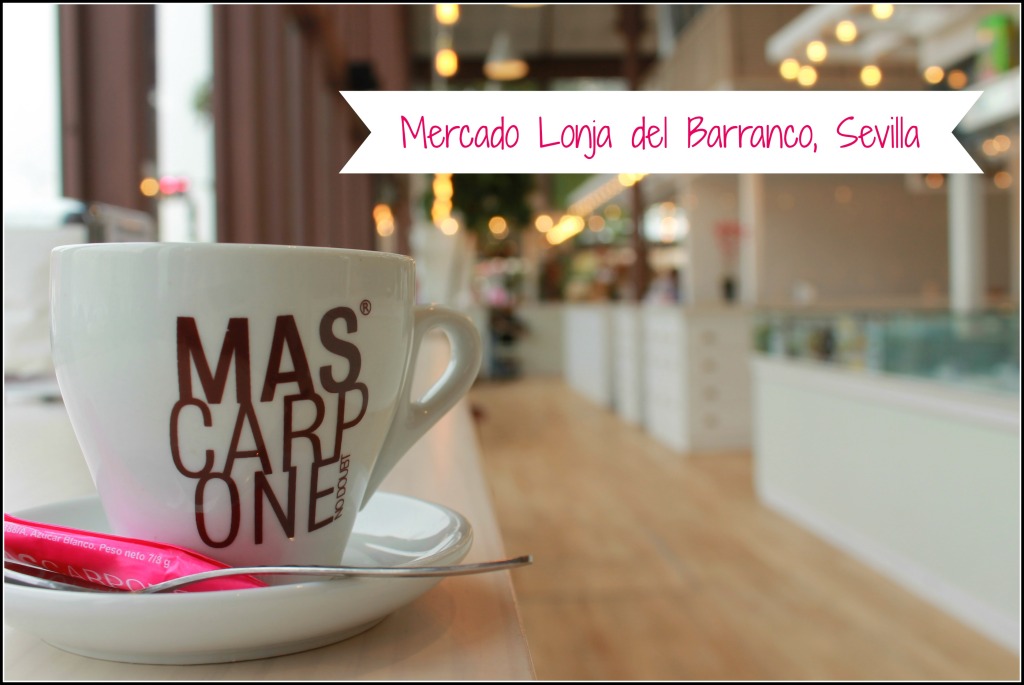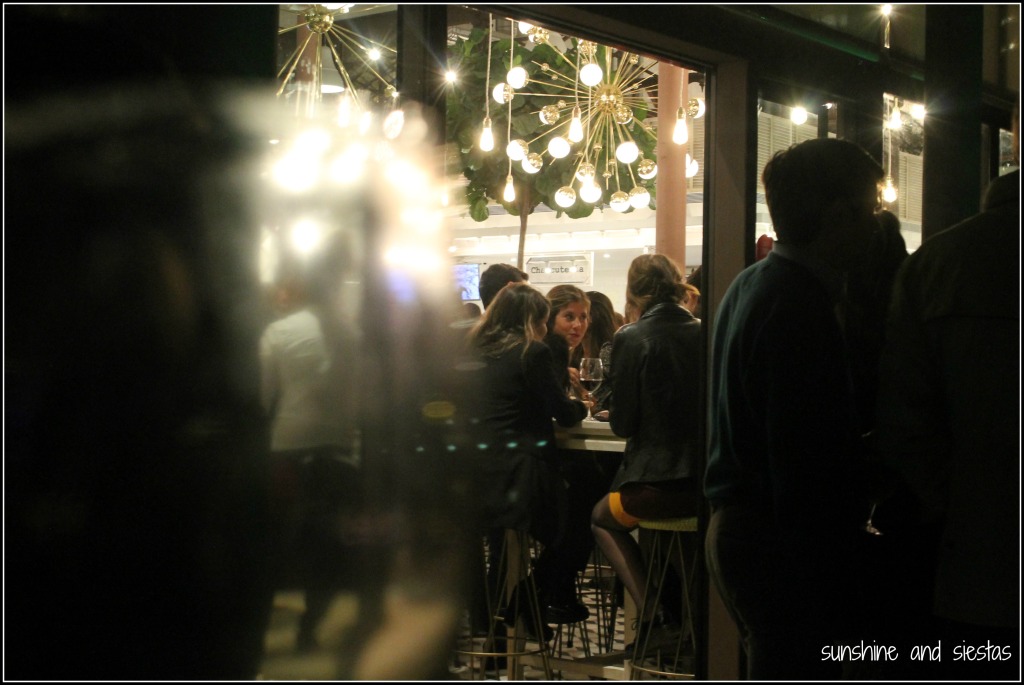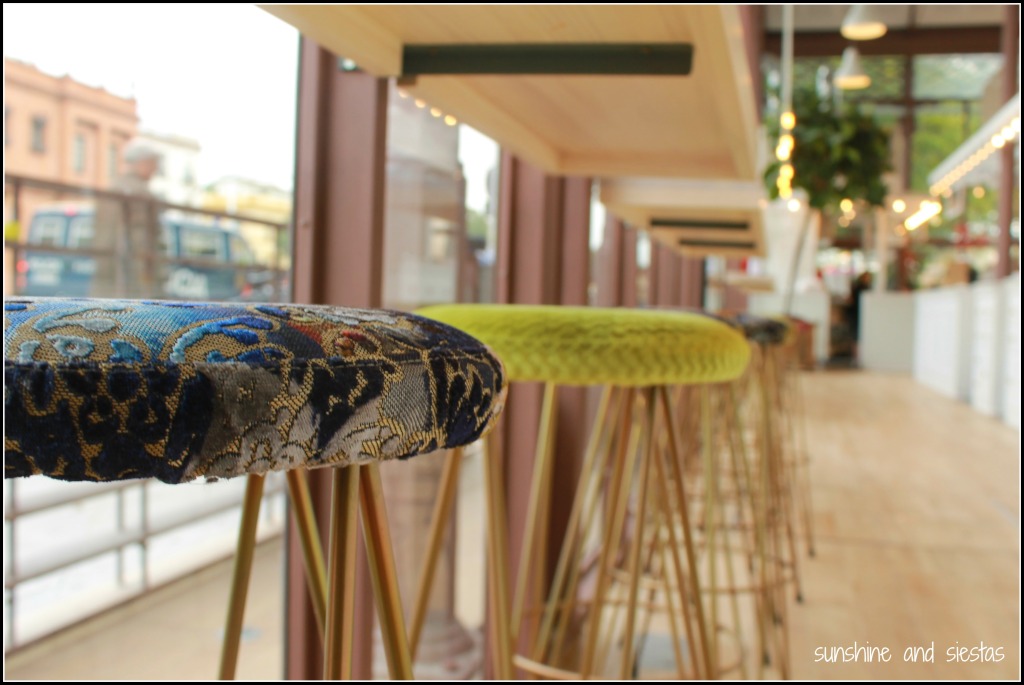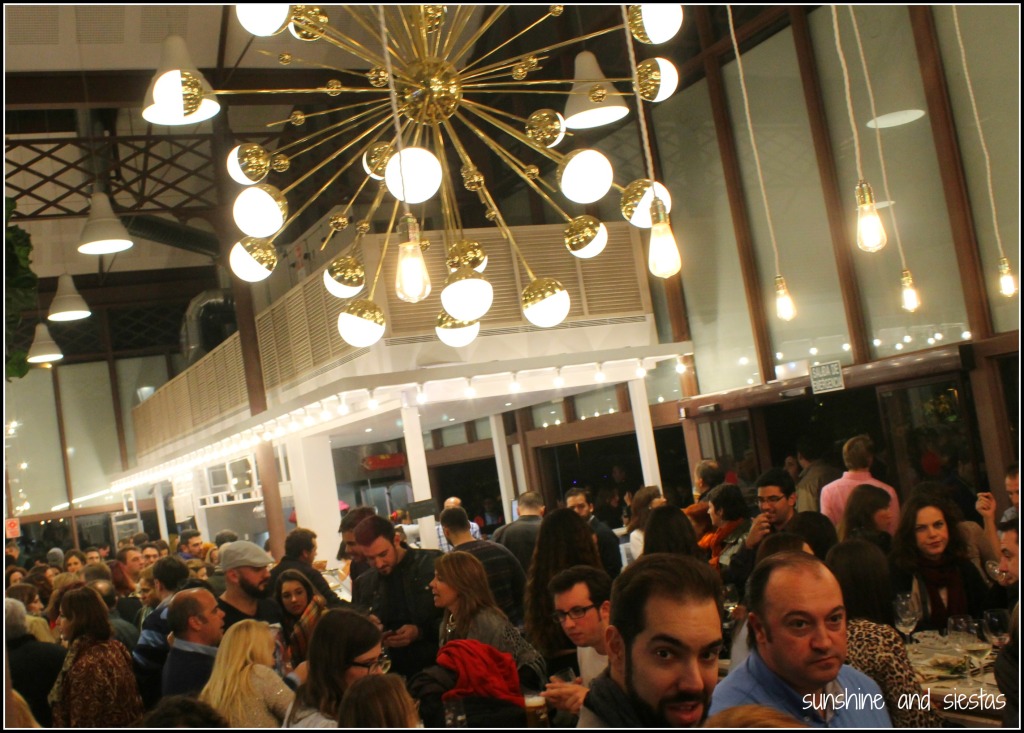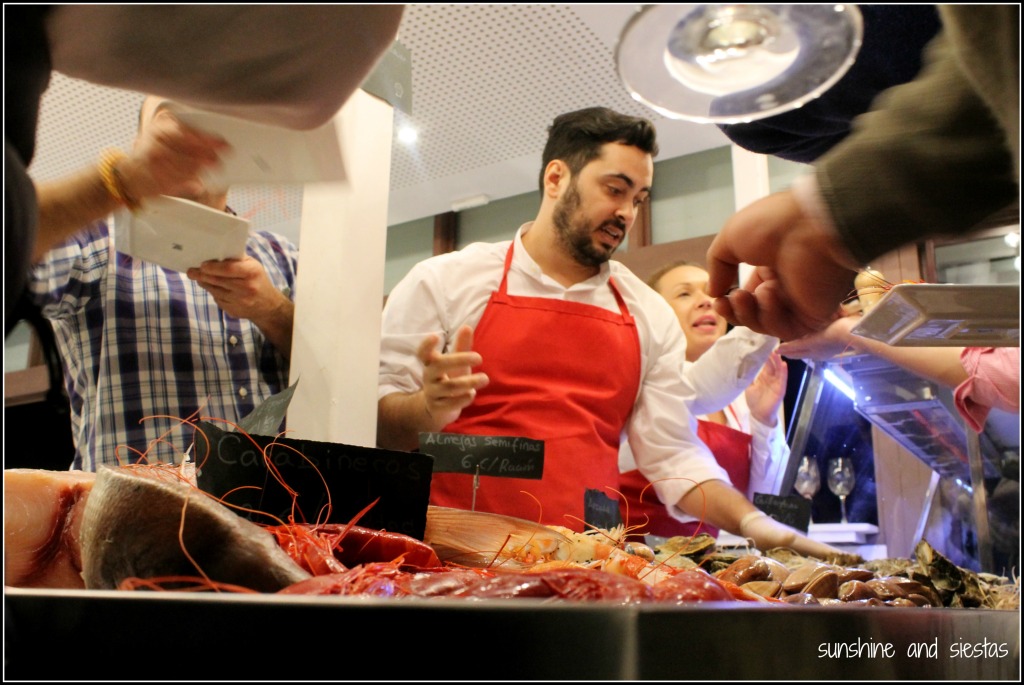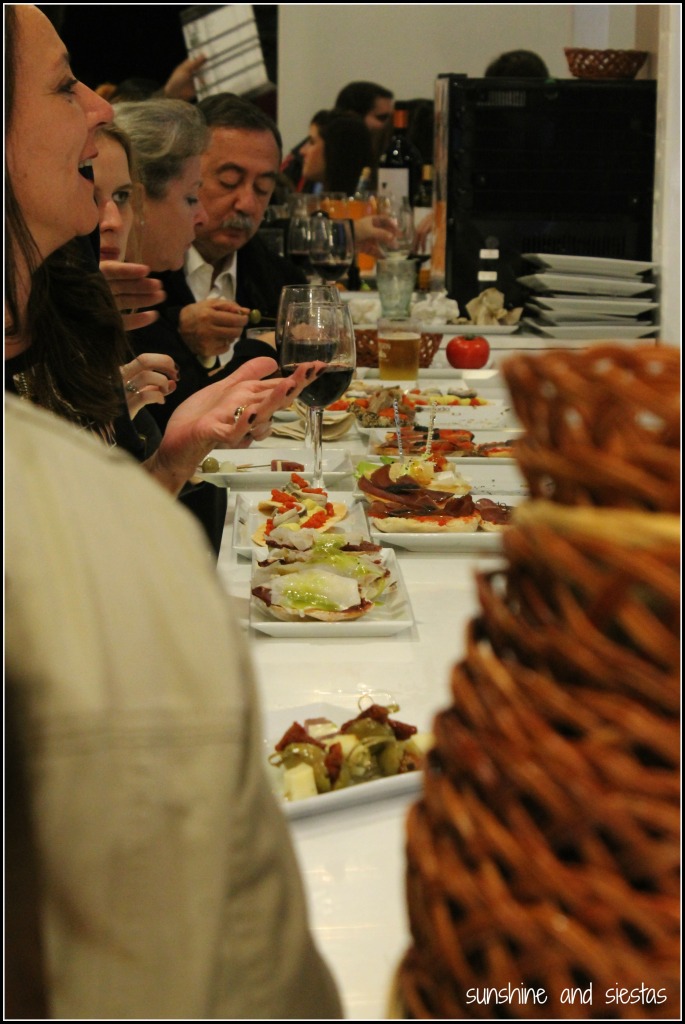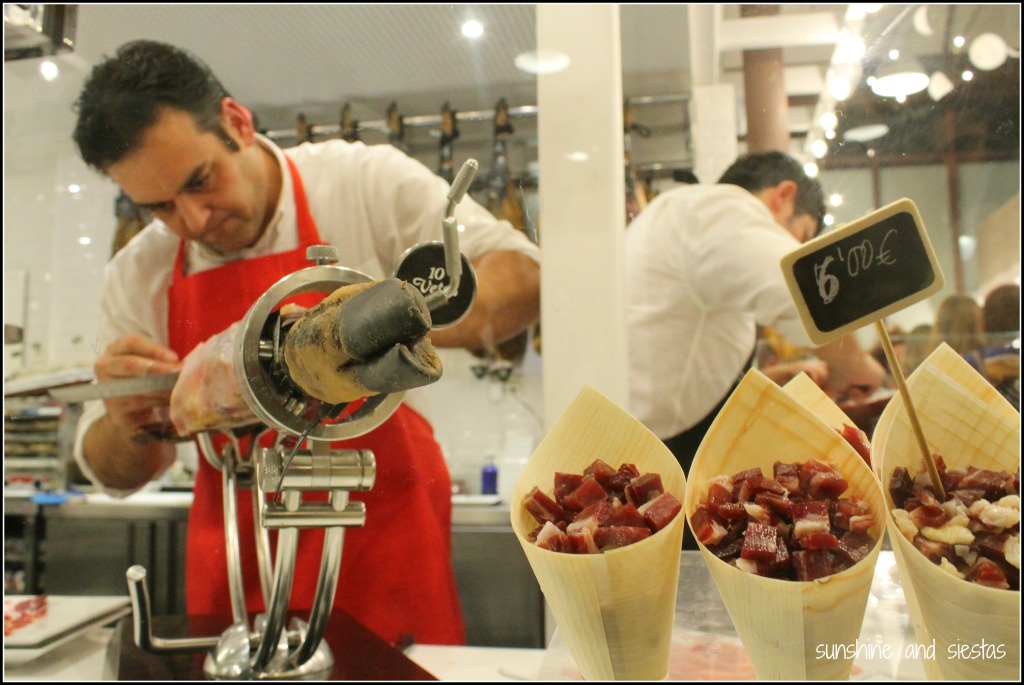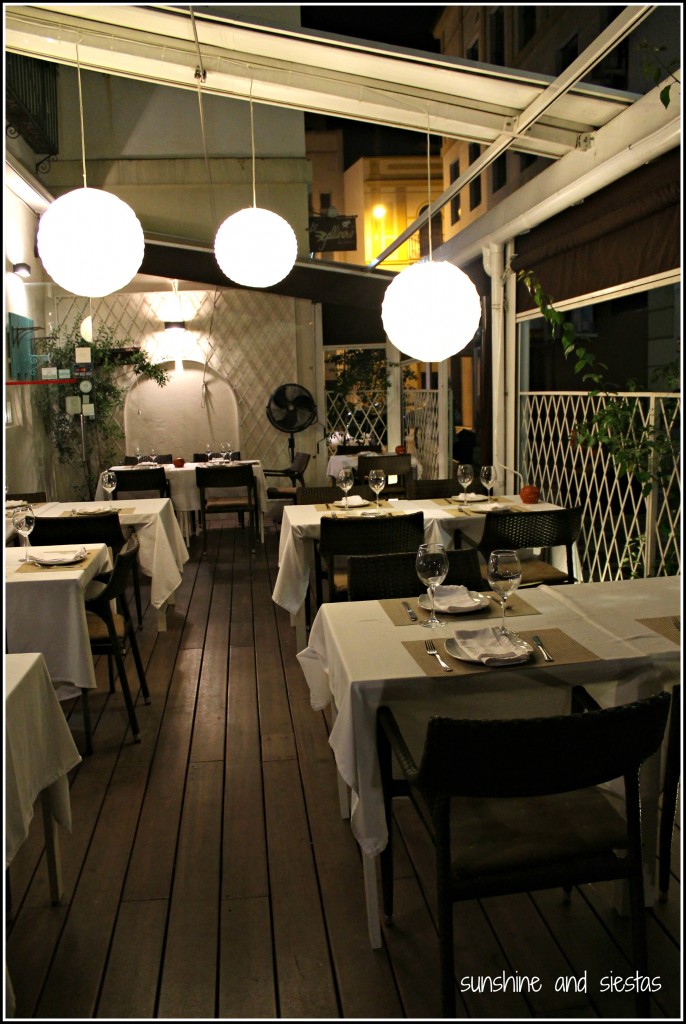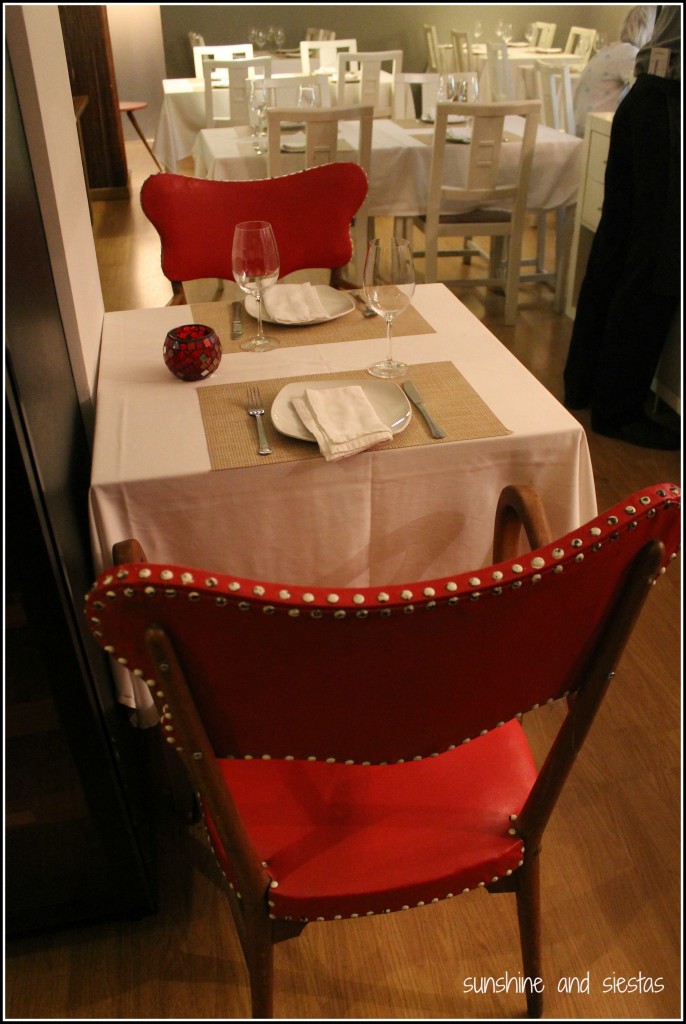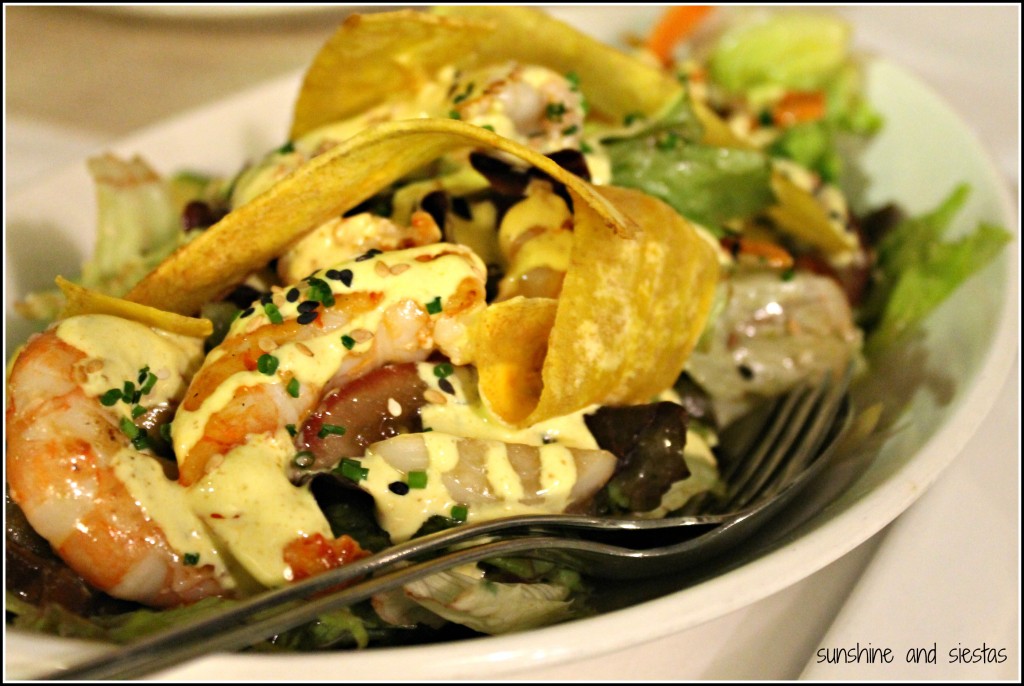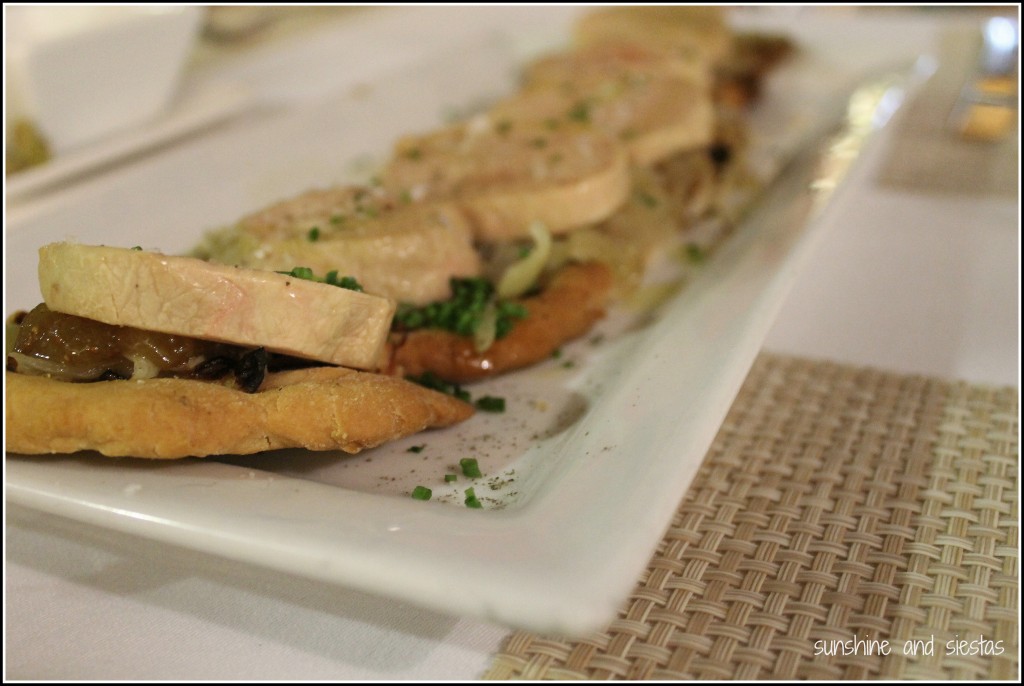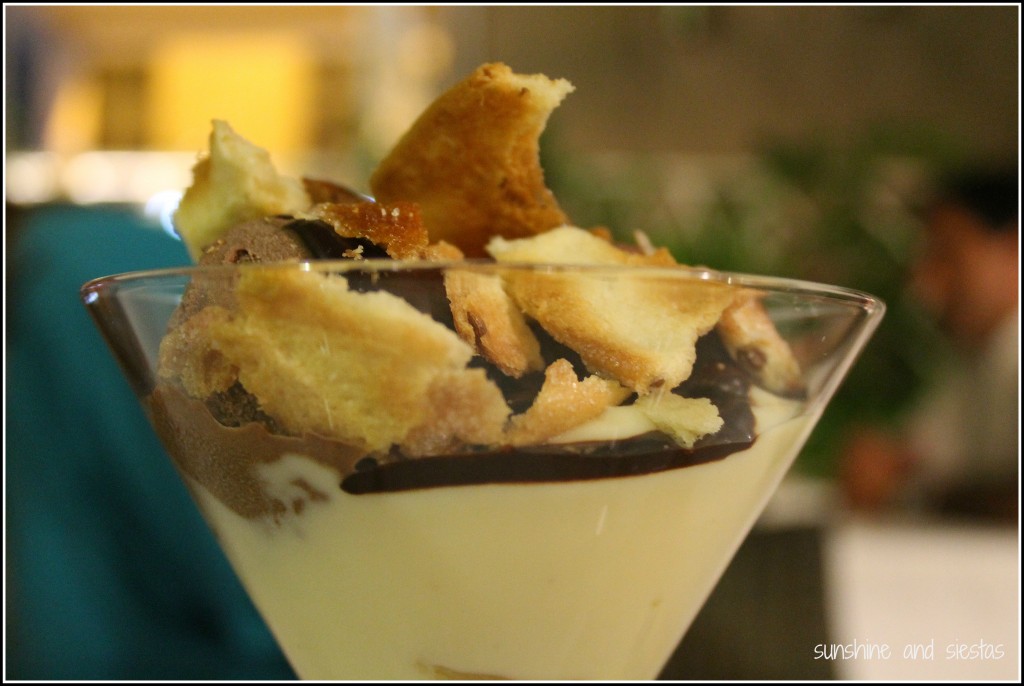It’s 8pm on a Friday night, and I’m currently shuttered in my office, typing away at a computer with the shades drawn and the fan on. They may say ‘hasta el 40 de mayo, no te quites el sayo’ but summer came early and Seville has practically become a ghost town for the next two months – especially on the weekends.
It’s hard to beat the heat in Seville, so I rely on my air conditioning and a change in my diet to help me cope with the sweltering midday sun and the humid air that hangs over the the Guadalquivir valley year round. And that change in diet goes by three words: ICE CREAM LUNCH.
There’s no shortage of heladerías in the Andalusian capital, and the golosa in me loves that I could walk into any convenience store, tobacco stand or restaurant and find a popsicle or drumstick. As the kid who ate ice cream for breakfast in high school, however, not just anything will do.
Wedding diet be damned! There is too much ice cream to be consumed (and my mother agrees with this statement). For locations, check out my Bobby Pin map.
La Fiorentina
Far and away my favorite, La Fiorentina is a family-run business that echoes an old-school gelao parlor. Apart from being delicious, this heladería also serves up flavors that you can only find in Seville: like typical Holy Week sweets such as torrijas and pestiños, to cream of orange blossom and chocolate with orange essence. Ask for samples before committing – it’s crazy difficult to choose!
My pick: Hierbabuena con limón (mint with lemon) and crema de azahar. The chocolate with chili packs a lot of bite and a bit of spice!
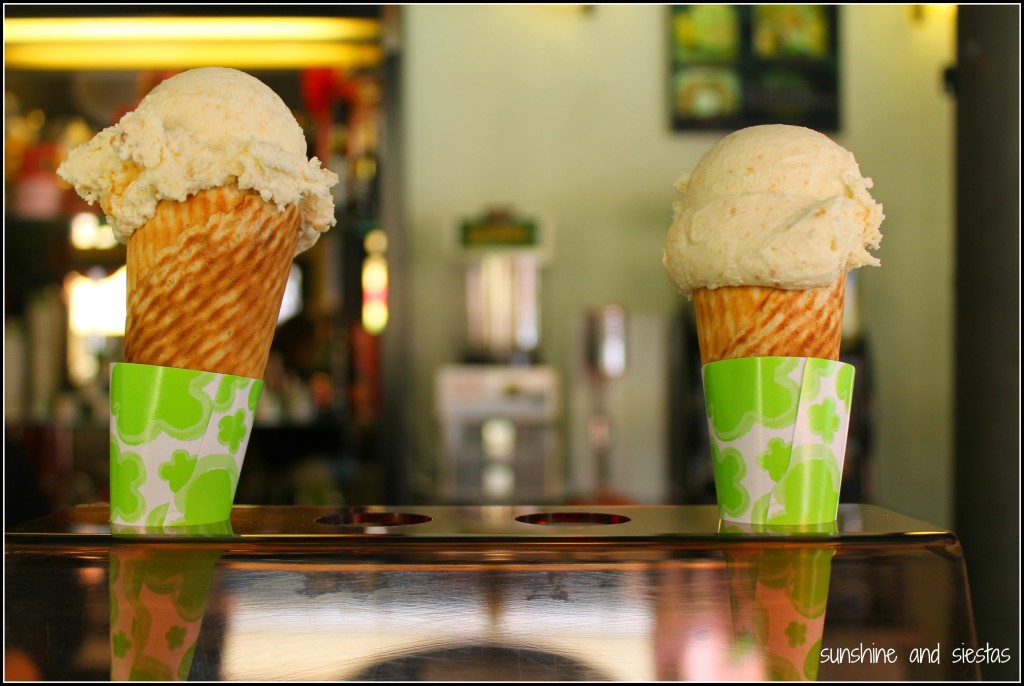
Price range: a small cone runs 2.20€, and cups are closer to 3€. You can also take insulated packages home for 6 or 12€.
Find it at: a good pick if you’ve just finished having tapas in the center or want to head to the river, La Fiorentina is an option if you’re near the city’s main sites. There’s also a small terrace. Find it located on Calle Zaragoza, 16 and open daily from 1pm to 1:30am.
Rayas
I had heard of Rayas long before moving to Seville thanks to a number of friends having studied abroad here. The granddaddy of ice cream shops in the Hispalese capital has two locations in the center and all of the usual suspects, from chocolates to vanillas to mint and strawberry.
You won’t get anything too inventive here, but the ice cream is smooth and natural.
My pick: I’m not as big on Rayas as most people who consider it the undisputed king of heladerías in Seville. I’ll usually go for the cheesecake.
Price range: You pay for the name at Rayas – prices start at 2.50€ for a small cone or cup.
Find it at: Rayas has two centrally located shops, one on Reyes Católicos/San Pablo and the other directly across the street from Plaza Cristo de Burgos on Almirante Apodaca.
Verdú
One warm spring night, I hopped from beers and snails – my ultimate combo – to ice cream thanks to some neighborhood friends. I’d walked by this nondescript shop dozens of times but never bothered to sample their gelato until recently.
I’m not a big chocolate eater and instead prefer a sorbet, and Verdú’s fabrication process – which follows Valencian ice cream making rules – produces light, fruity flavors.
My pick: Manzana verde (green apple) and mango are delightful, and you can get the standard chocolate/vanilla/strawberry here, too.
Price range: 2€ and above.
Find it at: The original Verdú – complete with old school signage – is at Esperanza de Triana, 3. There’s a newly opened branch on López de Gomara, 17, just a few steps from my house. Both are open daily from 11am to 1:30am.
Freskura
Admittedly, I haven’t been to Feskura in years but love that the Alameda has a go-to shop with great reviews and even better service. The shop also boasts, apart from artisan ice cream and two dozen flavors, gourmet cakes and options for people with intolerances and allergies.
Price range: Prices hover around 2,20€ for a scoop; more for the delectable cakes.
Find it at: Vulcana, 4, just off of the Alameda de Hércules. Open daily from 12pm – midnight.
N’ice Cream
If, for whatever reason, you find yourself in the business district of Nervión with an immense need for ice cream, don’t miss N’ice Cream. Located on a backstreet adjacent the Sevilla Fútbol Club stadium, this bakery also does cakes, cookies and – gasp! – cupcakes! You’ll find the traditional flavors and those echoing Spanish desserts, but will pay a bit less than in the center. There’s also an open kitchen concept, so you can watch your goodies being made!
N’Ice Cream also features lactose-free products, a rarity in many shops and restaurants.
My pick: Will it kill the post if I say the brownie cupcakes with mint frosting? If so, their vanilla is among the tastiest I’ve had in Spain.
Price range: If you’re paying more than 3€, you probably ordered too much.
Find it at: N’Ice Cream is located right between the Corte Inglés in Nervión and Sánchez Pizjuan stadium, around 10 minutes walking from the Santa Justa train station, at Benito Mas y Prat, 6. They’re open daily from 10.30 to 2 and 4.30 to 8.30pm.
Don’t worry too much – for every ice cream cone I eat before heading to the US for the summer, I’m also drinking a liter of gazpacho.
Have any favorite ice cream shops in Seville to share? Want to beat the heat without sweating as Barrio Santa Cruz sends you in circles? Consider the GPS-enabled posts available on GPSMyCity, including Seville’s helado hotspots! A portion of your purchase comes right back to the site for upkeep and maintenance!
